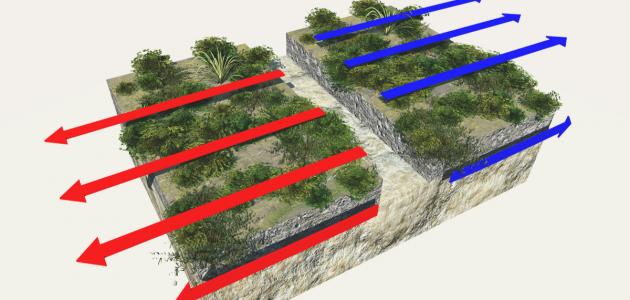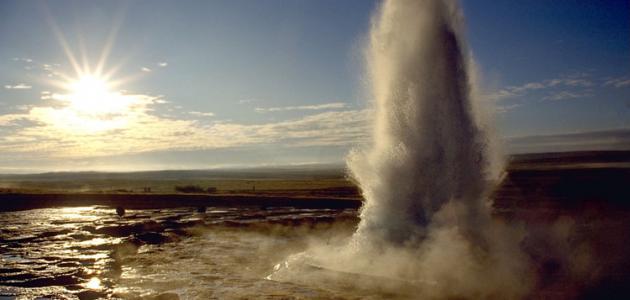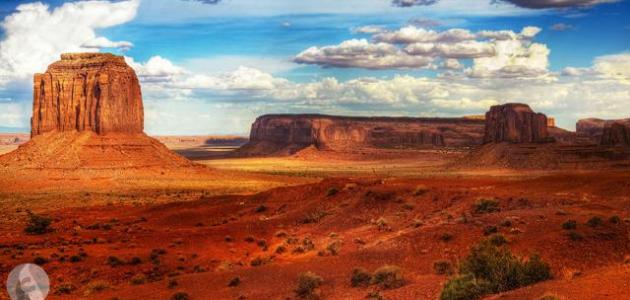Fall semester start date
Autumn is considered one of the four seasons that comes between summer and winter, during which temperatures gradually decrease and is often referred to by the term foliage falling. This season begins in the Northern Hemisphere as the period extending between the autumnal equinox, i.e. night and day being equal in length on the date of the 22nd or September 23 until the winter solstice, while autumn begins to appear in the Southern Hemisphere on March 20 or 21 until June 21 or 22. The temperature transition also occurs in the fall between the heat of summer and the cold of winter in the middle and high latitudes, and degrees also vary. It is generally hot during the year, as autumn in the polar regions is very short.
autumn season
In European languages, the autumn season is associated with the harvest of crops. The autumn season in many cultures, like other seasons, is characterized by rituals and festivals that revolve around the importance of the season for producing food. Many animals also collect food in the fall in preparation for the arrival of winter, and many birds move towards the line. Equator to escape from low temperatures, and an autumn phenomenon is indicated in the central and eastern United States and Europe, represented by unusually warm temperatures in late October and November.
Read also:SeismographThe reason for the occurrence of autumn
The cycle of seasons occurs due to the Earth's tilt on its axis and the planet's orbit around the sun. When the axis points toward the sun, the first half of the Earth experiences the summer season, while the other half, tilted away from the sun, experiences the winter season. When the Earth crosses a quarter of its orbit around the sun, the Earth's axis becomes perpendicular to the orbit. Parallel to the sun, and these moments are called the equinox, meaning that the length of the day and night is equal.
Autumn characteristics
The fall season has several characteristics, including:
- The days and nights in autumn are mild, but the fickle winds and creeping cold sweep away the dry, colorful leaves from the trees, thus increasing the feeling of the approaching winter.
- Feeding in the fall becomes a focus for birds and mammals, and birds and flying insects such as butterflies that do not wish to stay for the winter prepare their flights to emerge on migratory paths.
- Many mammals grow many, dense winter coats to protect them from the cold.









